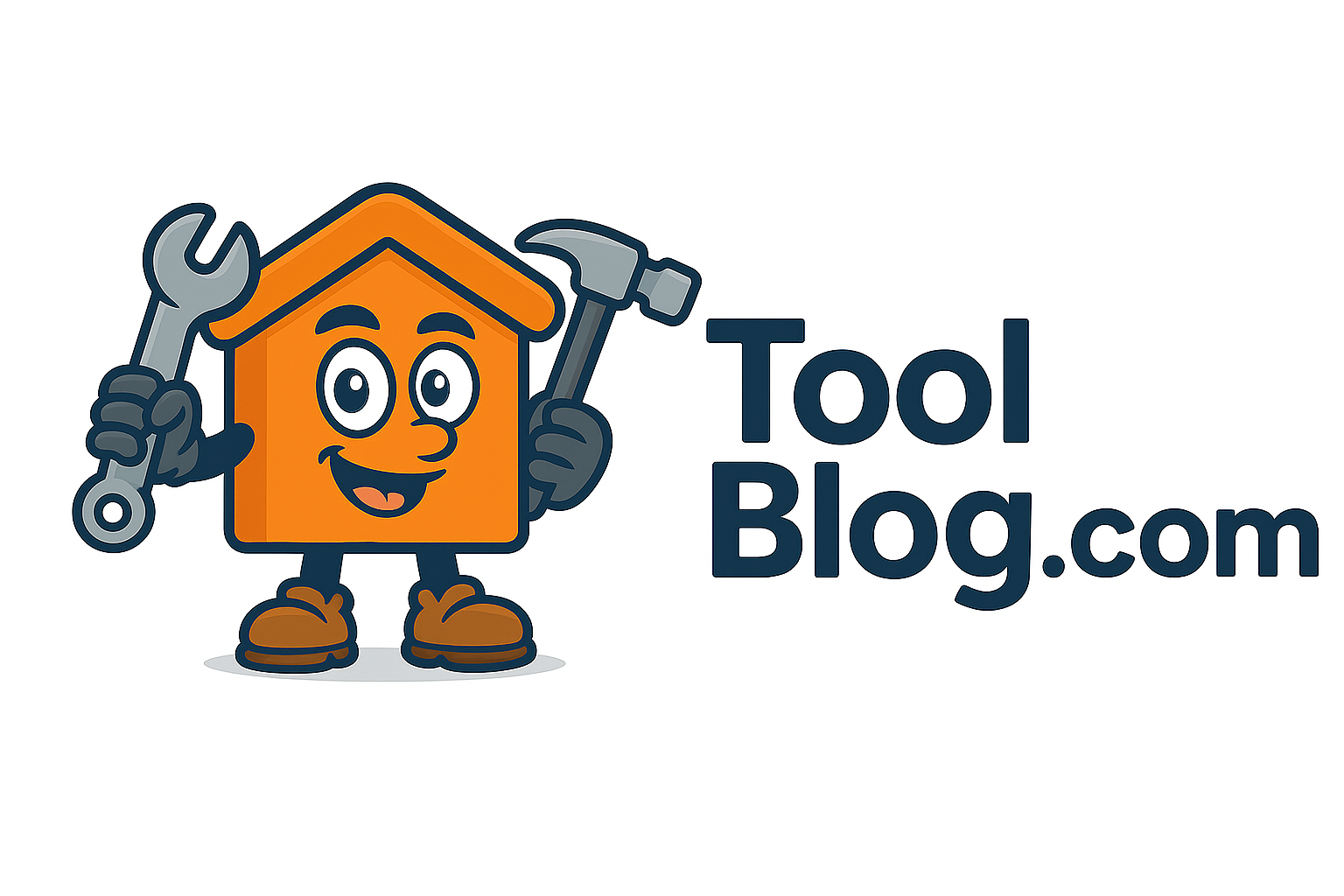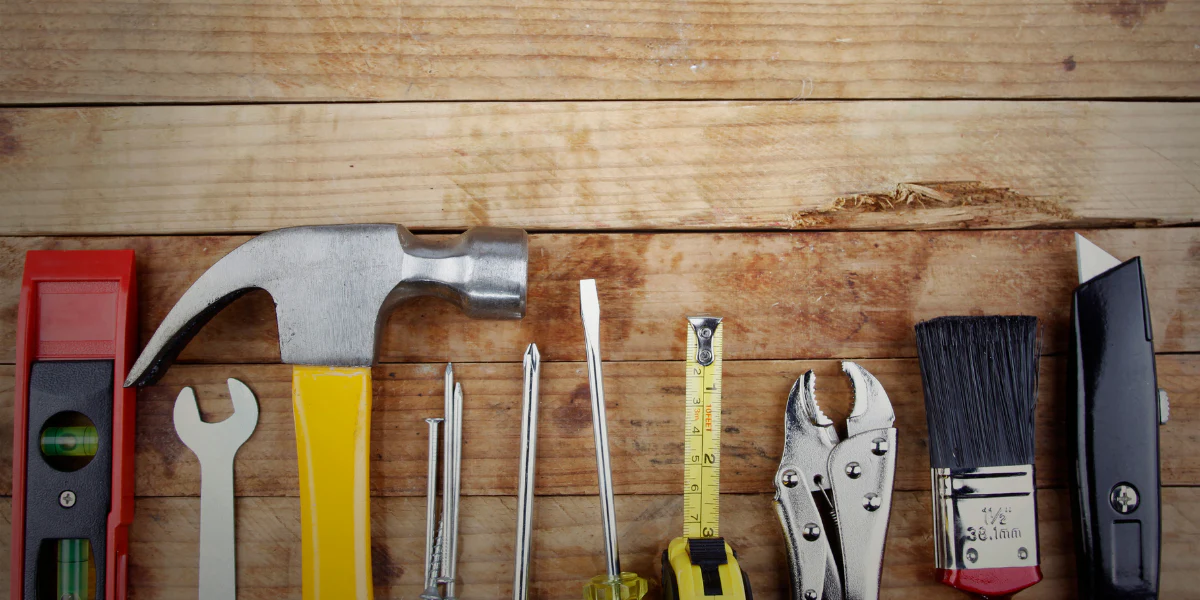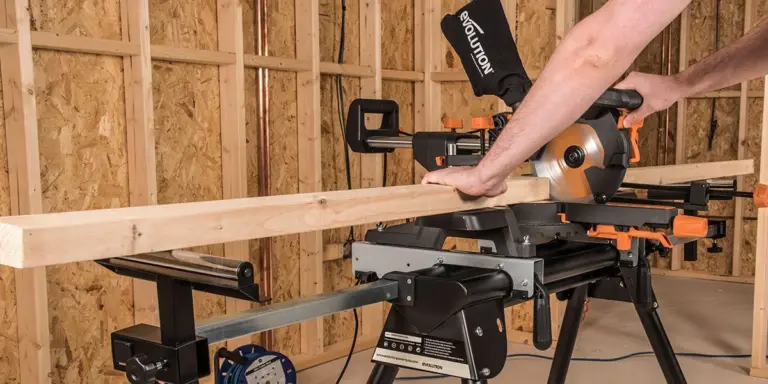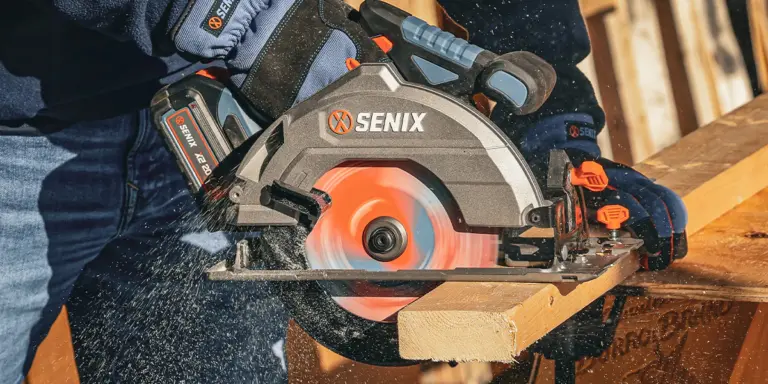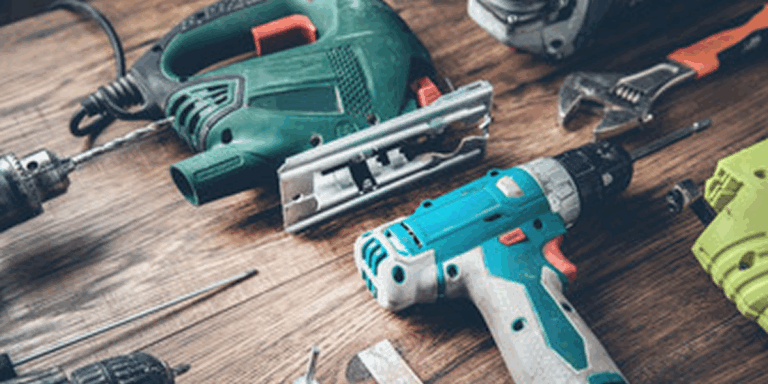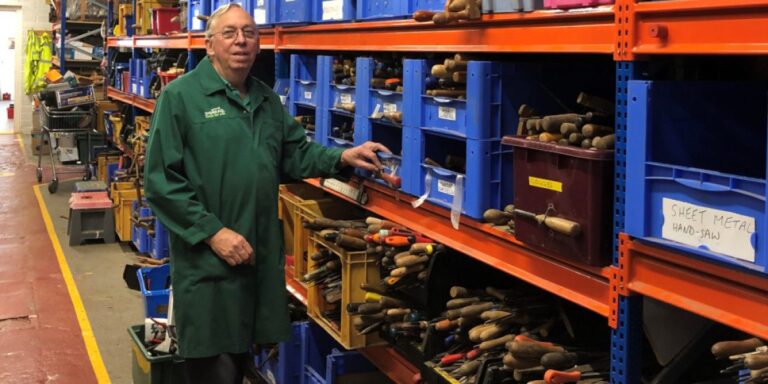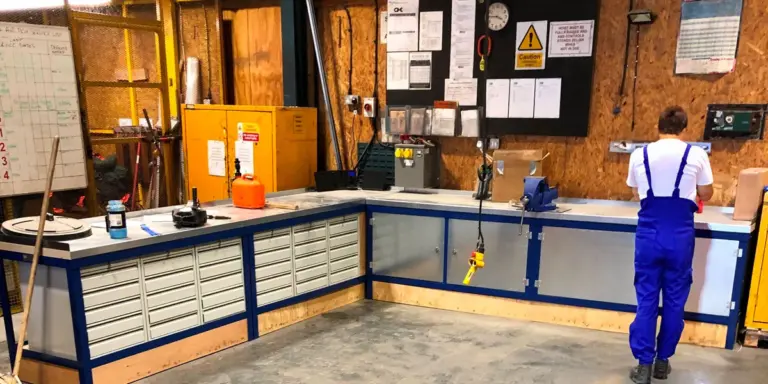Storing Tools Away from Kids: Safety Tips
When I started building out my home workshop, I didn’t just think about tools, storage, and efficiency—I also had to think about safety, especially with children in the house. Kids are naturally curious, and tools, with their shiny metal parts and mysterious shapes, can be incredibly tempting to little hands. That’s why Storing Tools Away from Kids has become a priority in my DIY process. It’s not just about keeping things tidy—it’s about keeping my loved ones safe while maintaining a functional workspace.
If you’re a parent, guardian, or simply have young visitors from time to time, your home workshop or garage needs extra layers of security. Over the years, I’ve developed strategies to make my workspace safer, and this guide covers everything I’ve learned about Storing Tools Away from Kids with practical, hands-on tips.
The Importance of Safety-Conscious Storage
My workshop is a haven for creativity, but I’ve learned to see it through the eyes of a child—full of things to touch, pull, and experiment with. Many of the tools I use are sharp, heavy, or powered by electricity. Leaving them out, even for a short time, can result in accidents.
Tools like saws, drills, and box cutters should never be left within reach of curious hands. Storing Tools Away from Kids begins with a mindset: assume that if a child can find something, they will try to use it. Safety storage reduces the risk of cuts, electric shock, or falls and ensures peace of mind when kids are nearby.
Keep Small Tools Locked Up
One of the first things I did was invest in a locking cabinet for all my small tools—screwdrivers, pliers, wrenches, and utility knives. These are easy to overlook, but in the wrong hands, even a small screwdriver can become dangerous.
Locking tool chests or cabinets aren’t just for professionals—they’re a must-have if you’re serious about safety. I keep mine organized and make sure it’s locked every time I step away. With younger kids around, even a five-minute distraction is enough time for something to go wrong if tools are left unsecured.
Wall-Mounted Tool Racks with Locks
I love keeping my tools visible and accessible when I’m working, which is why I use wall-mounted racks for items like hammers, levels, and wrenches. But just hanging them on the wall isn’t enough when kids are involved. That’s why I’ve installed lockable covers over my racks.
These clear acrylic or metal covers keep everything visible but require a key or combination to open. This method works perfectly for tools I use frequently but still want to restrict access to when I’m not around. Storing Tools Away from Kids doesn’t mean hiding everything—it means securing them in smart ways.
Secure Power Tools Separately
Power tools need an extra level of security. Not only are they dangerous when in use, but many can activate with just the push of a button. That’s why I never leave mine plugged in or accessible.
I’ve designated a specific cabinet for my power tools that stays locked with a keypad. It’s well ventilated and placed higher up to avoid accidental access. I also remove batteries from cordless tools and keep those locked away separately. This two-step system adds a valuable safety buffer and makes sure nothing can be powered on accidentally.
Use Childproof Drawer Locks
Some of the drawers in my workshop contain items like drill bits, screws, nails, and glues. While these may seem harmless to adults, they can be extremely dangerous if ingested or mishandled by kids. To prevent unwanted access, I’ve installed childproof latches on every drawer under four feet in height.
These are the same locks you’d use in a kitchen or bathroom, and they work just as well in a garage or workspace. They’re inexpensive and easy to install, but they go a long way toward Storing Tools Away from Kids safely and effectively.
Choose Tall or Overhead Storage Solutions
When it comes to keeping kids out of dangerous areas, height is your friend. I’ve installed overhead shelves where I store larger tools or materials that I don’t use often. These shelves are only accessible by step ladder and completely out of a child’s reach.
I store paint cans, adhesives, and chemical solvents up high as well. While this method isn’t foolproof, it adds another layer of security. I also avoid stacking too high to prevent falling hazards. Storing Tools Away from Kids becomes easier when you utilize vertical space wisely and avoid clutter at ground level.
Label Everything Clearly
Clear labeling not only helps me stay organized—it also adds a visual warning for anyone wandering into the workspace. I use large labels with symbols and words on every drawer, bin, and shelf. For more dangerous items, I include labels like “Sharp Tools – Keep Out” or “Power Tools – Adult Use Only.”
Labels won’t stop a determined child, but they do alert older kids or guests to hazards and promote awareness. It also helps other adults in the home know which areas are safe to open and which aren’t.
Use a Locked Storage Room or Tool Closet
In my case, I was lucky enough to convert a small utility room into a locked tool storage area. If you don’t have a separate room, even dedicating a closet or a large cabinet with a deadbolt can work.
This is where I store my more dangerous items—chain saws, table saws, and metalworking tools. The room stays locked at all times, and only I have the key. Having a single access point for the most dangerous tools keeps things centralized and reduces the number of potential hazards around the workshop.
Install Workshop Gates or Barriers
If you have a designated workshop space in a garage or basement, a gate or physical barrier can make a huge difference. I installed a simple, secure baby gate at the entrance of my garage workshop. When I’m not using the space, the gate stays locked, preventing kids from wandering in unsupervised.
For open workshops, you might consider freestanding partitions or foldable panels to block off areas. The idea is to make the workspace physically inaccessible during off-hours. Storing Tools Away from Kids often requires a physical boundary between curiosity and risk.
Create “Safe Zones” for Kids
Let’s be honest—kids want to be part of what you’re doing. Instead of fighting it, I created a “kid-friendly zone” in the workshop where they can pretend to work alongside me. This area includes toy tools, coloring books, and a small table for crafts.
When my kids are in the garage while I work, they stay in that space, and I know they’re not near anything dangerous. It gives them a sense of involvement while keeping them away from real tools. If you have the space, setting up a dedicated area can be one of the smartest moves you make toward storing tools away from kids.
Teach Safety Early and Often
One of the most powerful ways to keep kids safe is to teach them why certain tools are off-limits. My kids know what tools are, what they’re used for, and—most importantly—why they’re dangerous. I’ve shown them how saws cut, how drills spin, and why they should never touch them without supervision.
Storing Tools Away from Kids is easier when they respect the boundaries. I constantly reinforce rules like “Never touch tools without permission” and “Always ask an adult first.” By teaching them, I’m not only protecting them now—I’m building a foundation of safety awareness they’ll carry into adulthood.
Don’t Forget About Fasteners and Hardware
It’s easy to focus on power tools and forget about small parts like screws, nails, staples, and washers. These items can be choking hazards or puncture injuries waiting to happen. I store them in sealed, labeled containers on high shelves or locked drawers.
I also avoid leaving small parts on workbenches or the floor. Sweeping the space after every session has become a habit for me. Storing Tools Away from Kids means securing everything—even the small stuff that might not seem dangerous at first glance.
Dispose of Broken or Outdated Tools
Broken tools are doubly dangerous. Not only do they pose functional risks, but they also tend to be left lying around longer than they should. I go through my workshop every few months and toss or recycle anything that’s cracked, dull beyond repair, or no longer used.
It’s tempting to hang onto things “just in case,” but I’ve found that less clutter equals more safety. Storing Tools Away from Kids also means removing what doesn’t belong in a well-maintained space.
Set Rules for Guests and Babysitters
Anyone else who enters your home should know the rules about your workshop and tool areas. I have a written set of safety guidelines posted by the workshop entrance, and I go over them with every babysitter or guest who might be responsible for the kids.
It includes instructions like “Don’t let children into the garage unattended” and “Call me if they ask about tools.” Communication is key to making sure everyone plays their part in maintaining a safe space.
Final Thoughts
Safety in a DIY workshop isn’t just about protecting yourself—it’s about making sure the environment is secure for everyone who enters, especially children. Storing Tools Away from Kids is a commitment that combines thoughtful storage, physical barriers, education, and regular maintenance.
Whether it’s a locked cabinet, a gate at the garage entrance, or a conversation with your kids about what tools do, each step builds a safer, smarter home. I’ve come to see tool storage not just as organization—but as protection. With a little planning and the right systems in place, your workshop can be a place where both creativity and caution thrive.
Don’t wait for an accident to remind you why it matters. Take the steps now, and make Storing Tools Away from Kids part of your permanent workshop routine. It’s a decision you’ll never regret.
